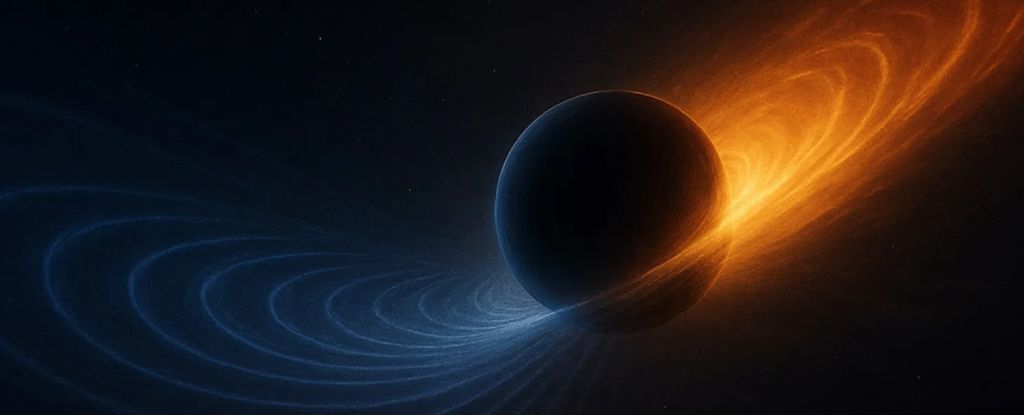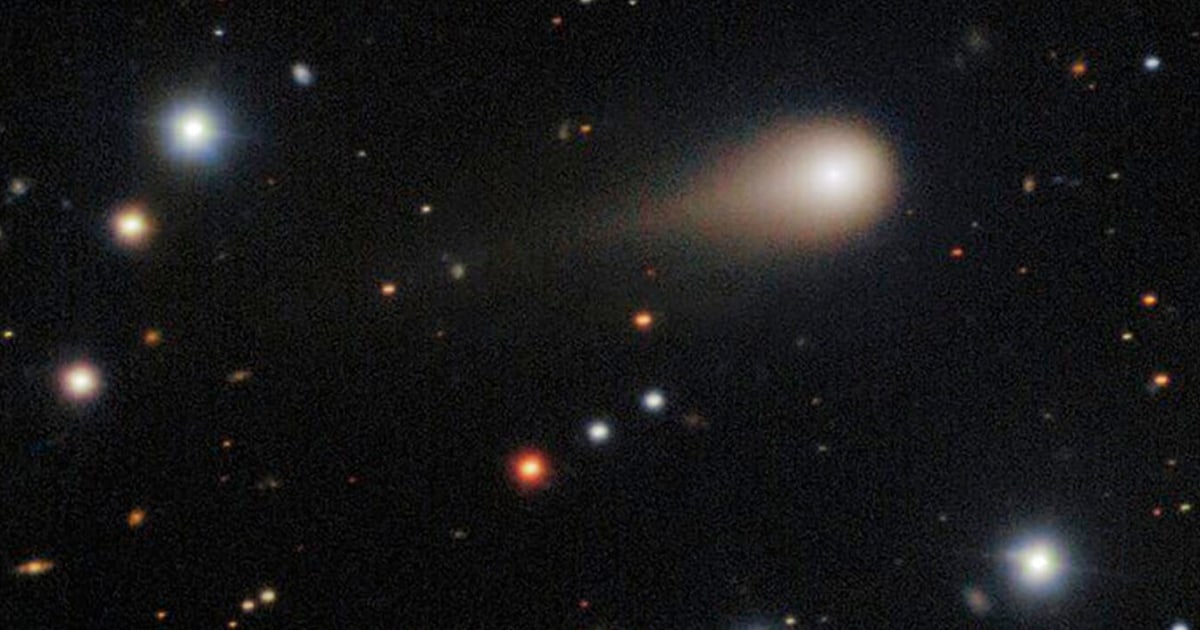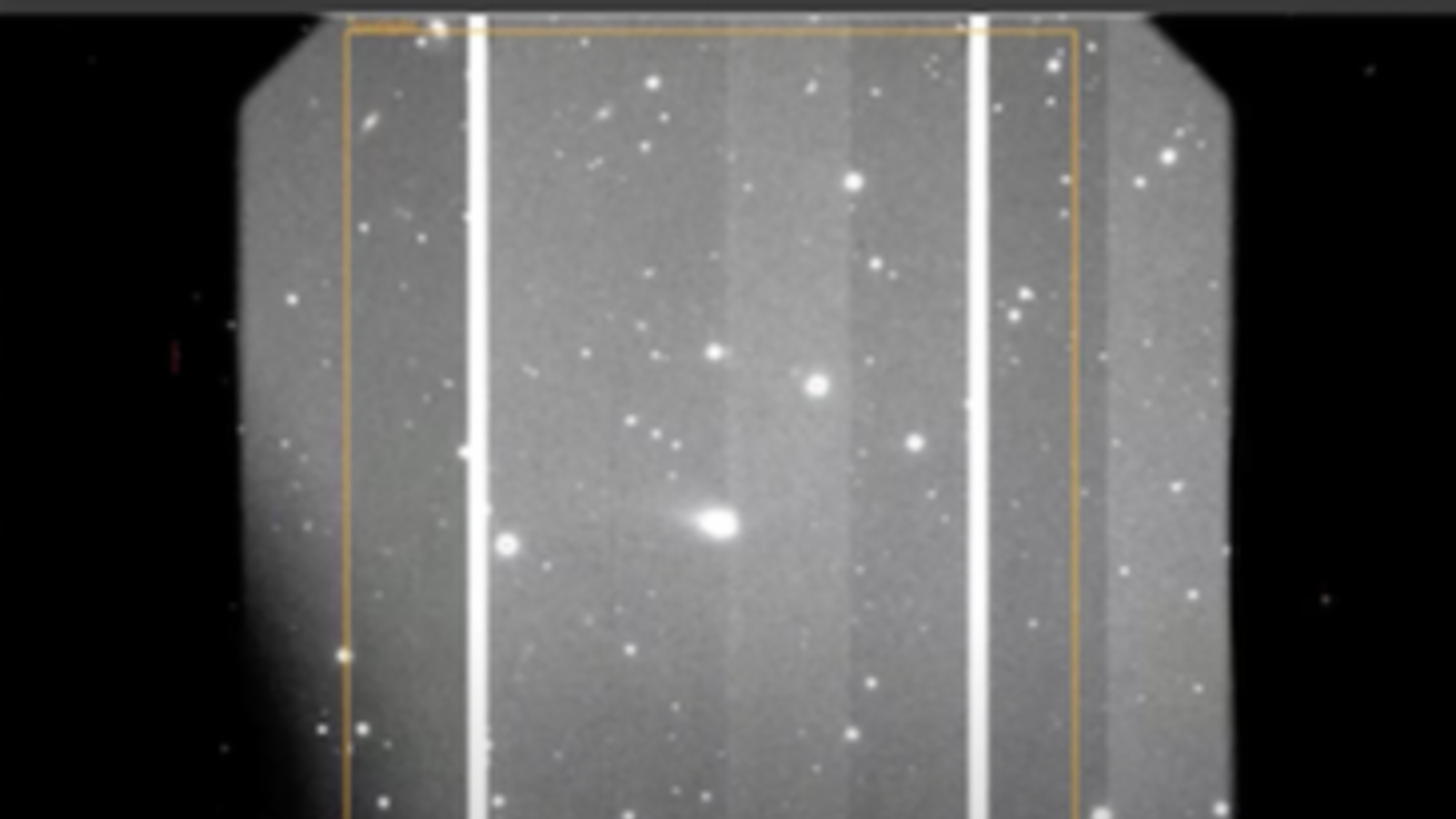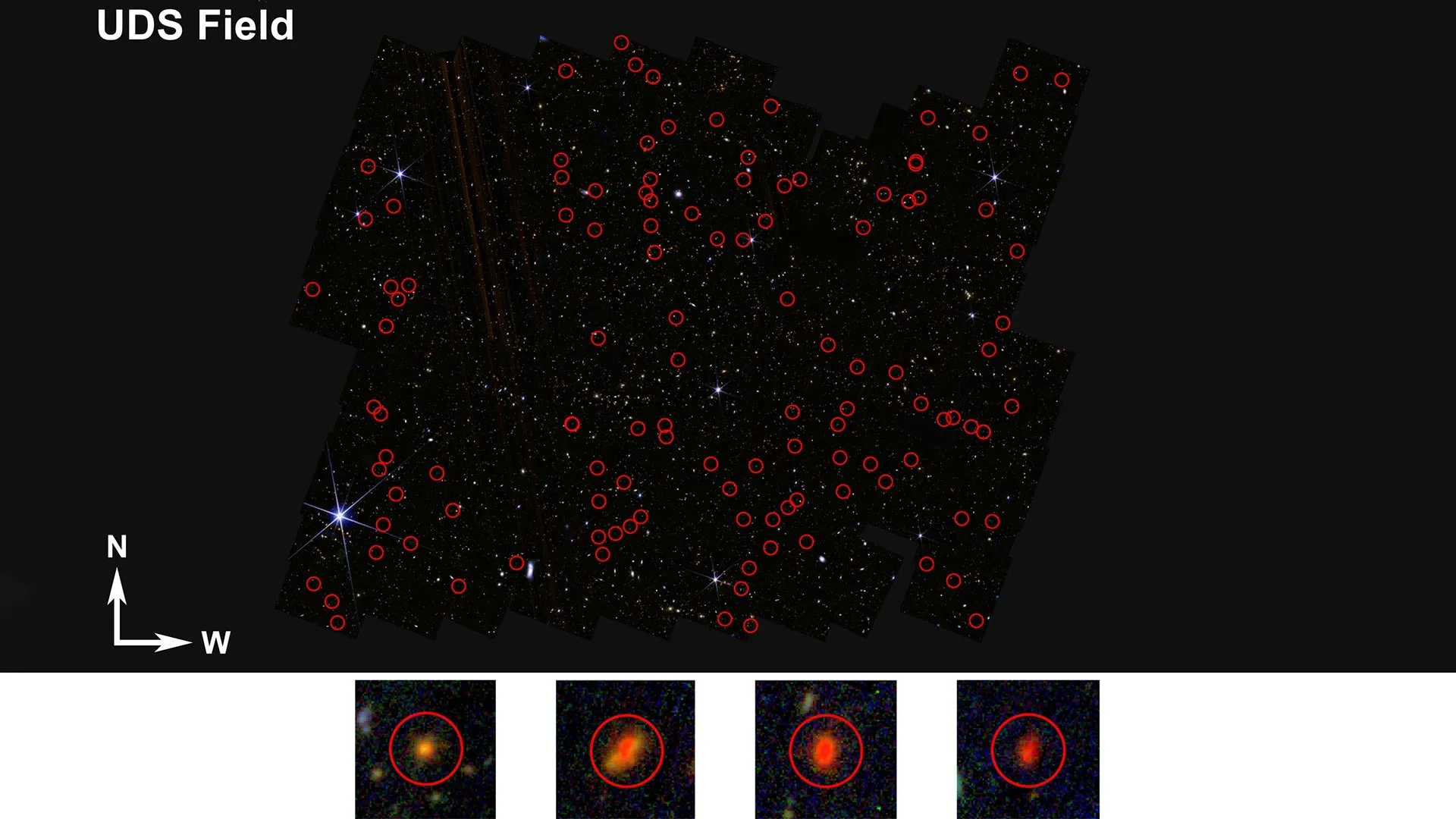Mysterious Color Shift of Interstellar Comet 3I/ATLAS

The Mysterious Color Shift of 3I/ATLAS
Interstellar object 3I/ATLAS recently stunned astronomers by changing its coma color from red to green as it neared the Sun. While green glows in comets are often linked to diatomic carbon molecules fluorescing under ultraviolet light, 3I/ATLAS challenges this explanation because it appears depleted in such carbon chains. This suggests other chemical processes or compounds are responsible for its emerald hue.
Possible Causes Behind the Green Glow
One compelling theory comes from Harvard’s Avi Loeb, who proposes that the green color results from a sharp increase in cyanide production detected by the Very Large Telescope. Cyanide and possibly nickel emissions might be intensifying due to solar heating, altering the comet’s visible spectrum. The exact chemistry remains uncertain, highlighting the object's unique nature.
Significance and Ongoing Observations
3I/ATLAS is not only remarkable for its color change but also for its massive nucleus and interstellar origin. As it moves behind the Sun soon, astronomers anticipate a temporary observational gap, but further studies will continue once it reemerges, promising deeper insights into this extraordinary cosmic visitor.
About the Organizations Mentioned
Harvard
## Overview Harvard University is the oldest institution of higher education in the United States, established in 1636 in Cambridge, Massachusetts[1][2][3]. Originally founded to train clergy, it has evolved into a global leader in education, research, and innovation, with a broad influence across business, technology, and society[1][2]. Harvard operates ten degree-granting schools and the Radcliffe Institute for Advanced Study, offering undergraduate, graduate, and professional programs to a diverse student body of over 24,500 students, supported by more than 20,600 faculty and staff[1][3]. Its alumni network exceeds 400,000 globally, and its reach extends to over 35 million learners through Harvard Online[3]. ## History and Structure Harvard’s history is marked by continuous expansion and adaptation. It began with a modest endowment from John Harvard and grew through philanthropy and strategic vision, becoming a secular, research-intensive university by the 20th century[1][3]. The university is governed by the Harvard Corporation (the oldest corporation in the Western Hemisphere) and the Board of Overseers, ensuring a blend of tradition and innovation in its leadership[3]. Harvard’s physical footprint includes the historic Cambridge campus, a growing Allston campus across the Charles River, and the Longwood Medical Area in Boston[1]. ## Key Achievements and Influence Harvard’s impact is evident in its alumni, faculty, and researchers, who include 8 U.S. presidents, 24 heads of state, 31 heads of government, 188 living billionaires, and numerous Nobel laureates, Fields Medalists, and Pulitzer Prize winners[1][2]. Harvard students and alumni have collectively won 10 Academy Awards and over 100 Olympic medals[1][2]. The university is also a powerhouse in research, with breakthroughs such as the development of the first direct genomic sequencing method and leadership in the Human Genome Project[6]. In 2025
Very Large Telescope
The **Very Large Telescope (VLT)** is a premier astronomical observatory operated by the European Southern Observatory (ESO), renowned as one of the world’s most advanced visible-light telescopes. Located at Cerro Paranal in Chile’s Atacama Desert, the VLT consists of four main Unit Telescopes, each with an 8.2-meter diameter mirror, complemented by four smaller 1.8-meter Auxiliary Telescopes. These telescopes can function independently or combine their capabilities through interferometry, enabling astronomers to achieve unprecedented resolution and detail in observing celestial objects[1][6][7]. Commissioned in 1999, the four Unit Telescopes bear names derived from the Mapuche indigenous language: **Antu** (Sun), **Kueyen** (Moon), **Melipal** (Southern Cross), and **Yepun** (Venus). The VLT’s optical performance allows it to image objects up to 4 billion times fainter than the naked eye can see, reaching celestial magnitudes as faint as 30 in long exposures. This capability has made it instrumental in a wide range of astronomical discoveries, from studying distant galaxies to observing exoplanets and stellar phenomena[1][6]. The VLT’s design and construction involved advanced engineering, with partners like the EIE Group providing essential steel structures and mechanical components to ensure precise tracking and stability under environmental challenges[6]. ESO’s commitment to innovation continues with the development of the **Extremely Large Telescope (ELT)**, set to surpass the VLT’s capabilities with a 39-meter segmented primary mirror and cutting-edge adaptive optics, promising a transformative leap in ground-based astronomy[2][4][5][7]. Today, the VLT remains operational and a cornerstone of European and global astronomical research, contributing to key scientific advancements and technological progress. Its location in one of the world’s clearest and driest skies, combined with its technical sophistication, makes it a flagship facilit









